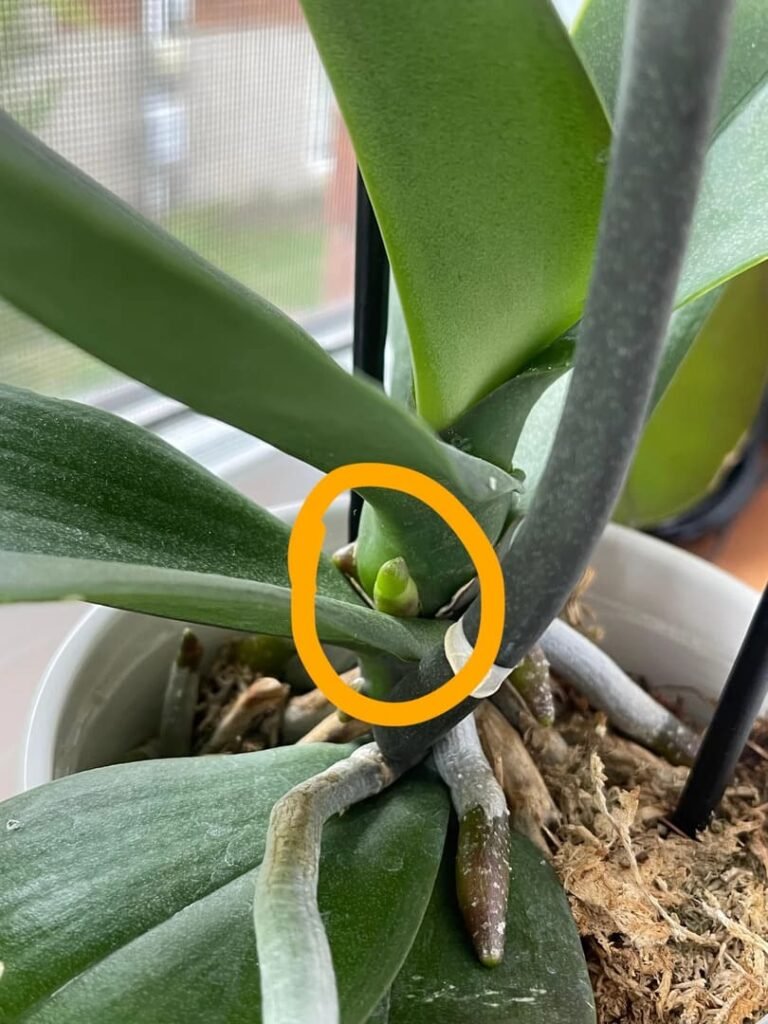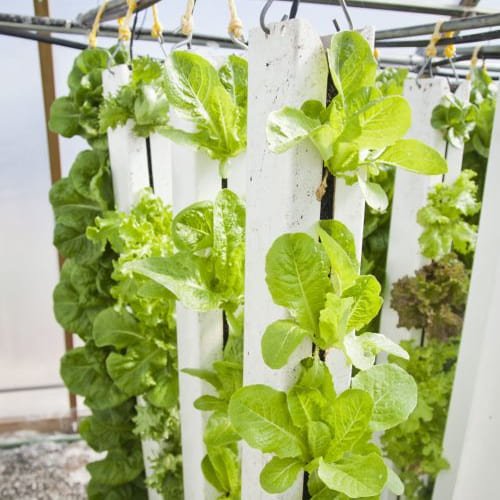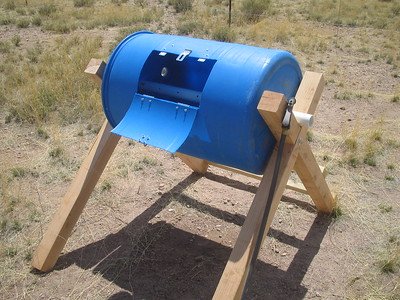There’s something uniquely enchanting about orchids. Their elegant blooms and delicate allure make them favorites among plant enthusiasts. But if you’re here, chances are you’ve encountered a rather frustrating phenomenon: your orchid’s spike just isn’t growing.
Believe me, I get it. Watching your orchid sit in a state of stubborn stillness, refusing to shoot up that anticipated spike, can be maddening. Let’s dive deep into this issue, shall we?
What Exactly Is an Orchid Spike?
First off, for those just starting on their orchid journey, let’s clarify. The spike is the part of the plant from which flowers emerge. It’s different from roots (which often grow aerially in orchids) and leaves. When an orchid is healthy and conditions are right, it sends out a spike, signaling the start of its blooming cycle. If this isn’t happening, there’s more to investigate.
The Common Culprits Behind a Stagnant Spike

Insufficient Light
Orchids, particularly popular varieties like Phalaenopsis, need plenty of indirect sunlight. They’re not sun-worshipers in the sense of desert cacti, but without enough light, your orchid simply won’t have the energy to grow a spike. If you’ve tucked your plant away in a dim corner or behind heavy curtains, you’re inadvertently sabotaging its spike dreams.
Solution: Move your orchid to a brighter spot with filtered light. East-facing windows are ideal. If natural light is a challenge, consider investing in grow lights tailored for orchids.
Temperature Problems
Orchids are fussy—like that friend who sends their coffee back because it’s a degree too hot. They need a specific temperature drop at night to kickstart spike growth, particularly Phalaenopsis orchids. Consistently warm conditions? No spike for you.
Solution: Mimic nature’s temperature fluctuations. During the fall, place your orchid where it’ll experience cooler nights (around 55-65°F) and warmer days. This difference signals the plant to begin spiking.
Overwatering or Underwatering
Watering orchids is an art, not a science. Overwatering drowns the roots, while underwatering deprives the plant of the hydration it needs to grow. Either extreme can halt spike growth.
Solution: Check the roots. Healthy ones are firm and green. Water your orchid only when the potting medium is dry to the touch but not bone dry. And remember: orchids thrive on humidity, so consider misting them lightly or using a humidity tray.
Improper Fertilization
Orchids don’t just drink water; they need their version of a balanced diet. If you’ve been skipping fertilization or using the wrong type, you’re starving your plant of the nutrients it needs to spike.
Solution: Use a balanced orchid fertilizer (20-20-20 is a good choice) during the growing season. As spike growth begins, switch to a bloom booster to encourage flowers.
Stress and Trauma
Orchids don’t handle change well. If you’ve recently repotted, moved, or mishandled your plant, it might be sulking. And yes, orchids can sulk.
Solution: Patience. Give your plant time to recover. Keep conditions stable, and avoid any drastic changes until it’s thriving again.
Beyond the Basics: Deeper Issues
If you’ve addressed the above and your spike is still MIA, let’s consider some less obvious factors:
Age of the Orchid: Younger orchids may not yet be mature enough to produce spikes. It takes time for them to grow strong enough to support blooming.
Dormancy Misunderstood: Some orchids go through a natural resting phase. It’s not dead; it’s just recharging. Resist the urge to over-care during this period.
Root Health: Even if the leaves look fine, hidden root problems can stall spike growth. Rotten or dried-out roots mean the plant can’t absorb water and nutrients effectively. In such a case, gently remove the orchid from its pot and inspect the roots. Trim any that are mushy or hollow, and repot with fresh, well-draining medium.
An orchid spike not growing isn’t just a problem to solve; it’s a mystery to unravel. It’s an opportunity to learn more about your plant, your environment, and even yourself as a caretaker.
With the right balance of light, water, temperature, and nutrients—and a hefty dose of patience—you’ll likely see that spike emerge. And when it does, the joy of watching it flourish into a cascade of blooms will make all the waiting worthwhile.



